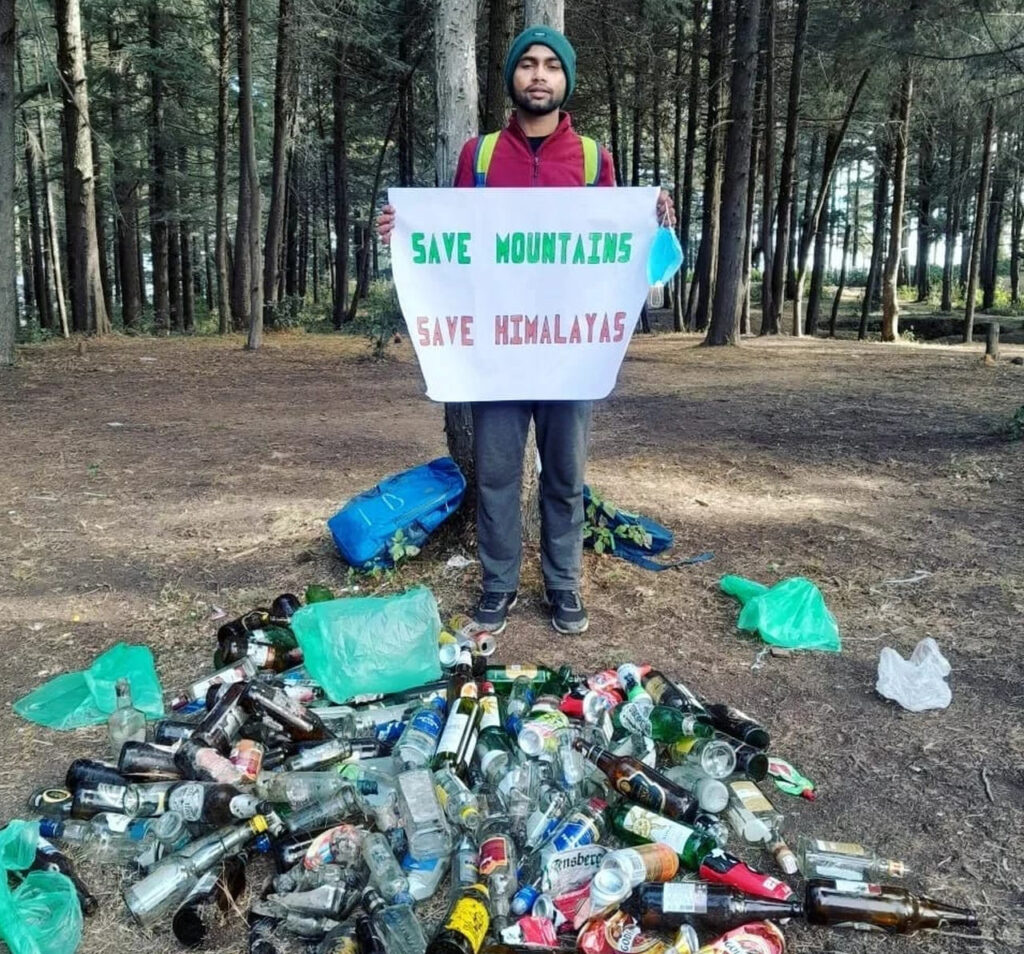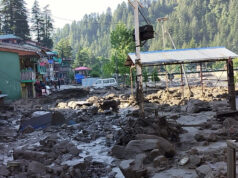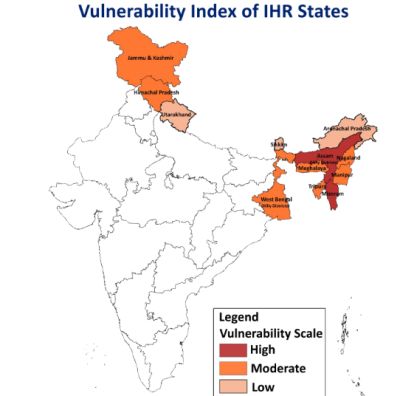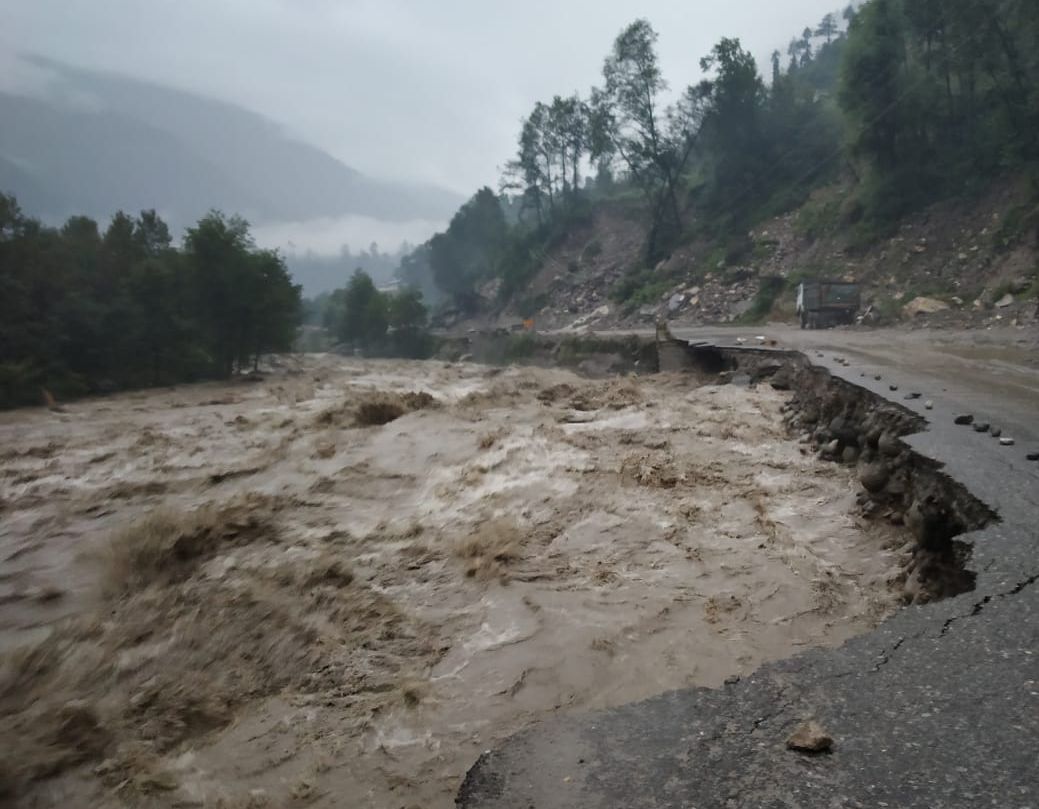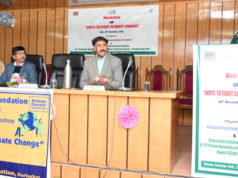This year’s World Environment Day highlighted a crucial need: changing our approach to the climate crisis by focusing on local solutions to address global challenges. While the climate crisis once seemed the concern of only a select few, it now captures the attention of diverse communities worldwide. Environmental disasters, from the Joshimath landslide to the Kumaon fire infernos, have galvanized action across all sections of society, driven by the powerful influence of social media, influencers, and environmental organizations.
The climate crisis continues to worsen despite increased awareness and initiatives such as planting new seedlings and conducting plastic cleanliness drives. This underscores a significant gap between current actions and what is truly needed. The random and often uncoordinated efforts, while well-intentioned, frequently fall short of producing positive, sustainable outcomes. To make a real impact, we must shift our temperament towards a more strategic, scientifically informed approach to the climate crisis.
Active public participation is essential. However, participation must be meaningful and tailored to individual capabilities, which vary based on factors like age, education, environmental exposure, and personal dedication. It is crucial to develop action plans at the local level, starting with micro-level interventions that can scale up to broader solutions.
One of the most sustainable methods to curb the climate crisis is by connecting rural entrepreneurship with environmental conservation. This approach not only addresses environmental issues but also ensures economic feasibility and fosters a sense of community solidarity. By integrating economic development with conservation efforts, environmental initiatives become more than just a burden—they become opportunities for growth and collaboration.
The “fingers-to-fist” model exemplifies this integration, transforming individual efforts into unified community action. Platforms such as cottage industries, Self Help Groups (SHGs), and youth clubs promote active participation across all societal segments. This model also helps mitigate permanent migration issues, particularly in districts like Pauri-Garhwal and Almora, by creating local economic opportunities linked to environmental conservation.
Uniting village-level actions provides dual benefits: it aids in the fight against the climate crisis and contributes to local economic development. Engaging entire communities in these initiatives ensures that environmental conservation is effective, sustainable, and economically viable.
The urgency of changing our temperament toward climate action cannot be overstated. Adopting strategic, scientifically informed, and community-integrated efforts is crucial for making a meaningful impact. By shifting our focus to local solutions that address global challenges, we can build a more resilient, sustainable future for all.
The fight against the climate crisis demands more than sporadic, uncoordinated efforts. It requires a fundamental change in how we approach environmental conservation—one that emphasizes strategic planning, scientific methodology, and active community participation. Only through this shift can we hope to overcome the global climate challenges that lie ahead.


